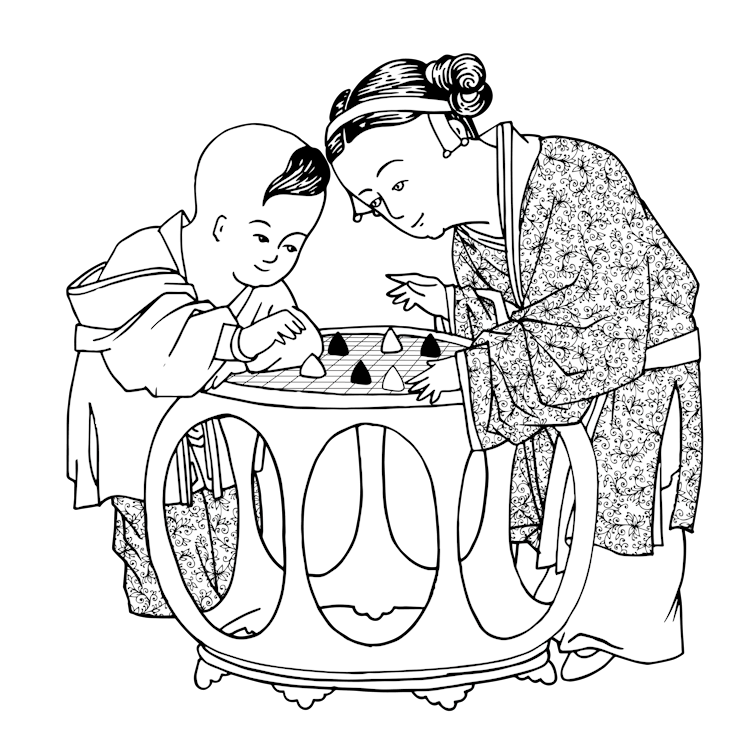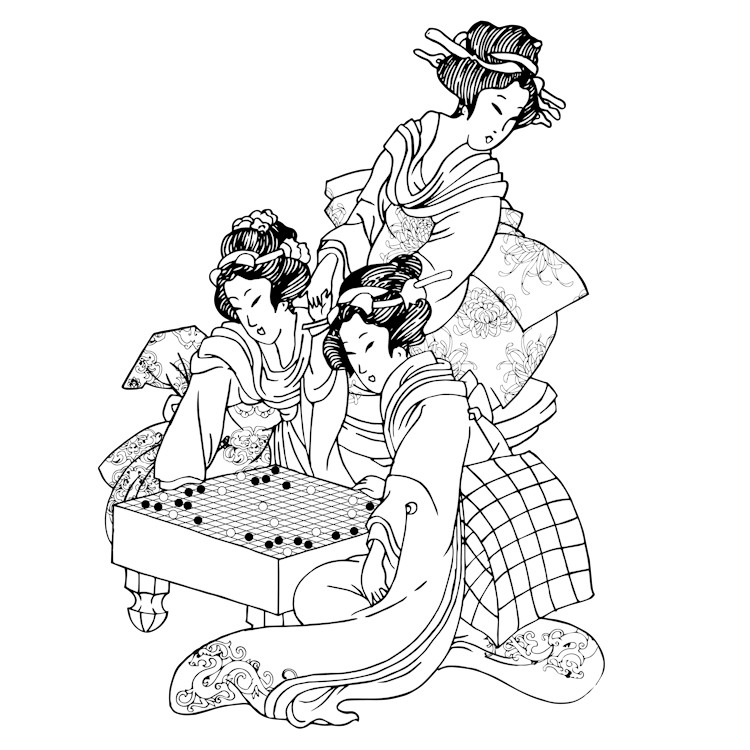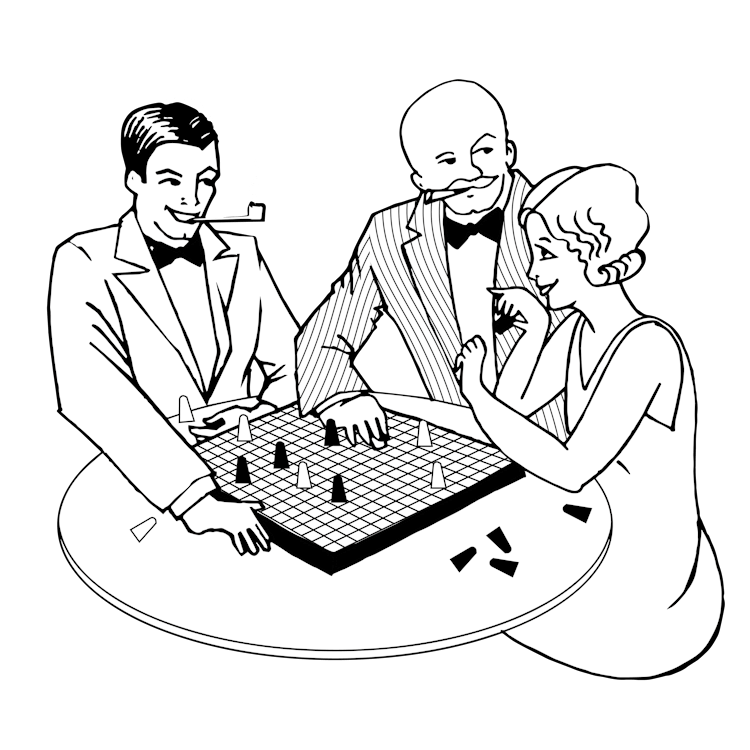Gomoku is a classic board game that combines simple rules with deep strategy. Despite its wide popularity, not everyone knows that the game’s history goes back to ancient times. Let’s explore where this captivating game originated and uncover the Gomoku origins and how it has evolved to the present day.
Ancient Origins of Gomoku
Gomoku, also known as "Five in a Row" (from the Japanese "go" meaning five, and "moku" meaning point or piece), traces its origin back to ancient China.

Originally, the game appeared as part of a more complex game called Go. In China, it was referred to as "Weiqi" or "Weizi". The game of Go, celebrated for its intricate strategy and depth, was invented over 4,000 years ago and spread throughout East Asia. On the Go board, simpler games could be played, one of which resembled the modern version of Gomoku.
Development in Japan
Gomoku made its way to Japan around 270 BC under the name "Kakugo" (which means "five steps" in Japanese). The game gained wide popularity during the Nara period (8th century AD). The first known book mentioning "Kakugo" that has survived to modern times was published in 1858.

The game was standardized and got its modern name in Japan. The rules became more defined and concise: two players take turns placing black and white stones on the intersections of a 15x15 or 19x19 grid. The goal is to align five stones in a row, either horizontally, vertically, or diagonally.
Due to its simplicity and minimal equipment requirements (just a board and stones), Gomoku quickly spread across different layers of Japanese society, becoming a favorite pastime for both amateurs and professionals.
Spread to Europe and America
Gomoku reached Europe in the late 19th century. British and European travelers brought the game to the West, where it was initially known in the British Empire as "Spoil Five".

Later, the game spread across Europe and European colonies under the names "Gomoku" or "Five in a Row". The European and American versions of the game used a 15x15 grid, though the rules remained similar to the Japanese ones. This period also contributed to a deeper understanding of Gomoku origins in Western cultures.
In the 20th century, Gomoku became part of many popular board game sets, especially as boxed games and puzzles designed for family entertainment. Some modified versions of the game included additional rules or elements to diversify gameplay.
The Modern Era and Tournaments
In the modern world, Gomoku retains its popularity in both East Asia and the West. Official Gomoku tournaments began to be held in the mid-20th century. In the 1980s, international federations and organizations were established to promote the game and support its development on a professional level.
The first World Gomoku Championship was held in Kyoto, Japan, in 1989, and the winner was Sergey Chernov, representing the USSR.
Today, Gomoku is not only a board game but also a popular online pastime. Many platforms and apps allow millions of players worldwide to compete with each other. Gomoku is ideal for both beginners and experienced players due to its ease of learning and rich strategic depth.
Conclusion
The history of Gomoku is the story of a game that has endured through the centuries, retaining its essence while captivating new generations of players. From China, through Japan, to the modern world, Gomoku continues to evolve and inspire people to explore its strategies and tactics. The simplicity of its gameplay, combined with the potential for deep analysis, makes Gomoku one of the most fascinating and enduring board games in the world.